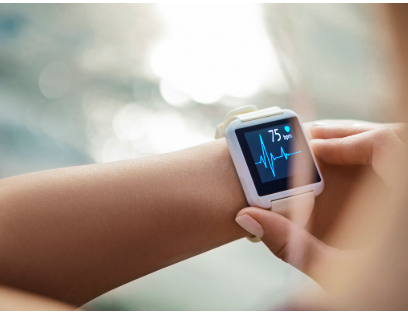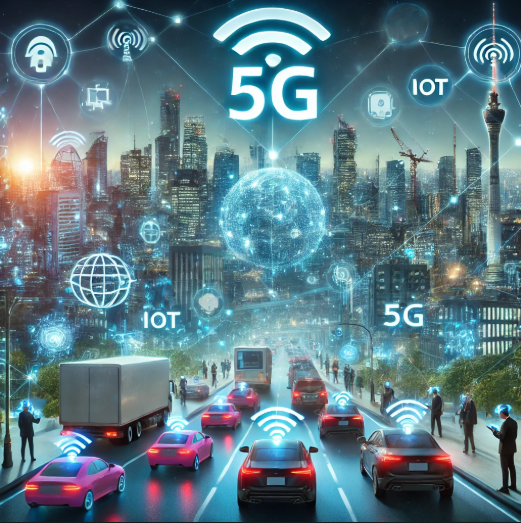Islamabad: Federal Minister for Information Technology and Telecommunication, Shaza Fatima Khawaja, announced on Friday that Starlink, a satellite-based internet provider, has been granted temporary registration in Pakistan. Furthermore Elon Musk-owned Starlink granted temporary registration in Pakistan.
She said that Prime Minister Shehbaz Sharif instructed the approval, and all security and regulatory authorities agreed to it. It has also received a temporary No Objection Certificate (NOC).
Shaza Fatima Khawaja said that the Pakistan Telecommunication Authority (PTA) will make sure Starlink follows all rules, including paying fees and meeting licensing requirements. Therefore Starlink Granted Temporary NOC To Operate In Pakistan.
She also said that under Prime Minister Shehbaz Sharif’s leadership, Pakistan is making big progress in digital technology.
She added that satellite internet will help improve internet access, especially in remote and underserved areas.
According to sources, this approval will help Elon Musk’s company, get a full license from the PTA.
Starlink Service Packages
The official launch date has not been announced yet, but early reports say that Starlink will offer three service packages in Pakistan with the following expected prices.
1. Residential Package: Rs 35,000 per month (Speed: 50-250 Mbps) + One-time installation fee of Rs 110,000.
2. Business Package: Rs 95,000 per month + One-time setup cost of Rs 220,000.
3. Mobility Package: Rs 50,000 per month + One-time hardware cost of Rs 120,000.
For satellite-based internet companies to work in Pakistan, they need clearance from the PSARB. Furthermore sources also said that the technical details like frequencies, power, and earth gateway stations, have been finalized.
Sources said that the Pakistan Telecommunication Authority (PTA) is expected to issue a license to Starlink within four weeks.
After getting the PTA license, may take about a year to start its services in Pakistan, they added.
To provide high-speed internet, Starlink’s Low Earth Orbit (LEO) satellites will work at a height of 250 to 500 kilometers.
Sources also said that the government has hired an international expert to help finalize the rules and regulations for satellite-based internet services.
Furthermore, for more details Starlink registered in Pakistan:








